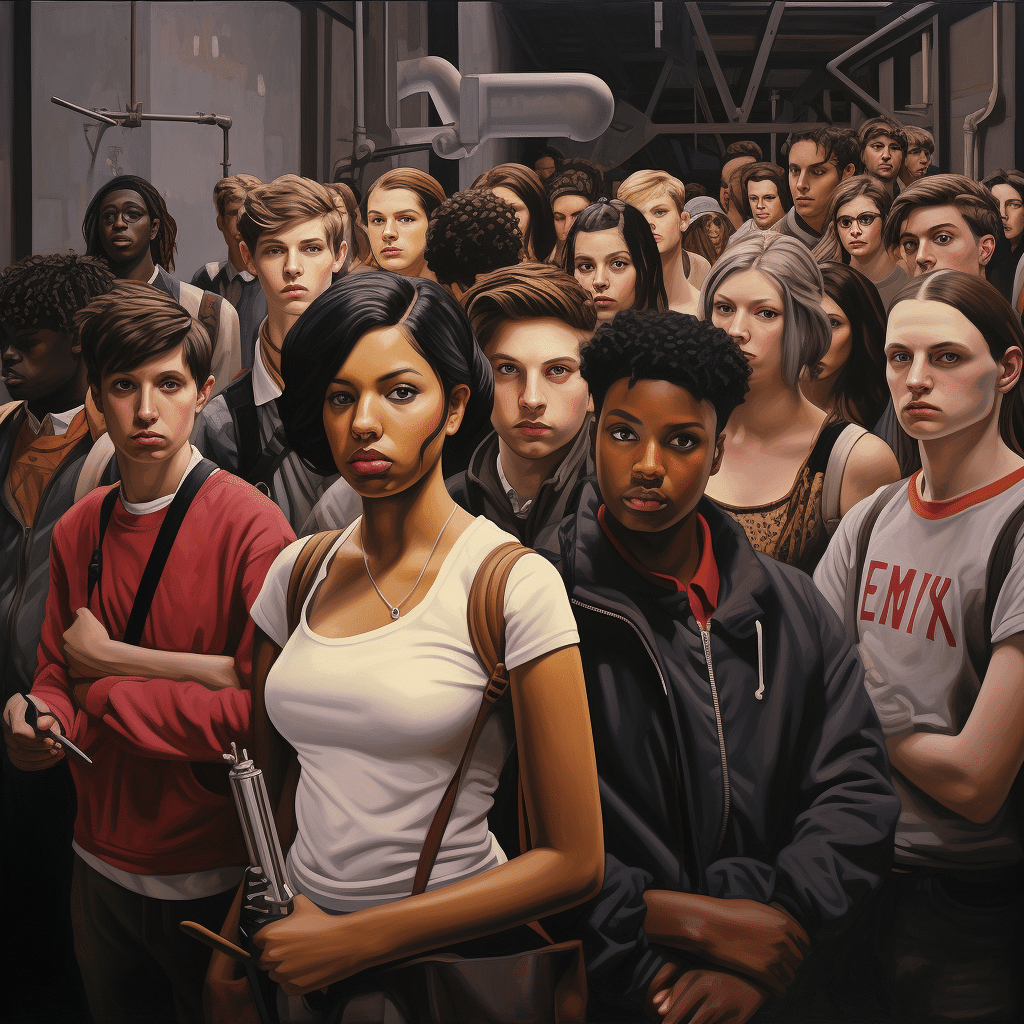
Navigating the Future of Learning in a Digitally-Disrupted World
Are we on the frontier of unveiling an unseen revolution in education? The hypothesis is that this quiet upheaval’s importance is far more significant than we imagine. As our world adjusts, restructures, and emerges from a year which launched an era of mass AI, so too does a new academic year dawn for many – with hope and enthusiasm about new roles, titles, or simply just a new mindset. Concealed from sight, however, I believe a significant transformative wave has started and will begin to reshape our education systems and push us into a new stage of innovative teaching practice whether we desire it or not. The risk and hope is that the quiet revolution remains outside the regulator’s and ministries’ purview, which could risk a dangerous fragmentation of education policy and practice, divorced from the actualities of the world ‘in and outside school’.
“Generative AI is the most creative, disruptive technology in a generation.”
Traditional Education:
With its strict structures and uniform exam-based approach, traditional education is gradually conceding ground to more flexible, learner-centric models (we see it more and more at every conference and gathering, a need for change). This transition recognizes that education should encompass critical thinking, creativity, and emotional intelligence, transcending the confines of exams. Within this system, teachers are not just leaving and burned out, as claimed by Ferguson, Frost, and Hall (2012), “teachers have always juggled many roles, leading to frenzied workdays and scant time for tasks. The pressure mounts when school districts roll out new curriculums and initiatives.” They are beginning to find new and creative ways to disrupt and change the broken system.
Digital Disruption and Different Teaching Approaches:
Many of our regular school systems fall short of mirroring the realities of the external digitized world. Technology, a formidable agent of change, is upending tired curriculum models. Digital tools have emerged as a potent catalyst in this revolution, carving new avenues for access, engagement, and inclusivity. A study by Singularity University illustrates how adaptive learning software and immersive VR experiences redefine the parameters of teaching and learning (Singularity University, 2023). Yet sadly, many educators lack the time and skills to navigate and implement this technology effectively – but there is an absolute desire from educators the THINK Learning Studio has interviewed to learn and include new tools in learners’ daily lives.
I have long advocated for THINK Learning Studio‘s commitment to a paradigm shift towards project and challenge-based learning. Stanford’s YouCubed Center’s research supports this by claiming that students in project-based learning environments acquire a deeper understanding of subjects and vital skills like problem-solving, collaboration, and communication (YouCubed, 2022).
Therefore are educators right or wrong in deviating from their assigned script?
Global Classroom:
Breaking down geographical barriers through virtual spaces has created a concept of the ‘global classroom’. – many schools already do this well. Today, learners in remote settings can access world-class resources and engage with diverse global perspectives, we hope, levelling the educational playing field like never before.

The origins of this revolution extend beyond exhaustion from academic success defined solely by exams but from a need to encourage and deliver the child’s holistic development; educators have taken the scope of the ‘global classroom’ brilliantly beyond policymakers’ wildest dreams. Many educators are beginning to see that they desperately need to equip students to navigate uncertain futures, be armed with more resilience and adaptability, and create lifelong passionate learners. This goal can be achieved through continued support for introducing more new areas of study, such as ‘foresight and futures’, in the high school classroom.
Conclusion:
Embracing this change using regular channels is not without challenges. Still, the other options are not just the mass exodus of teachers but the mass exodus of dire teaching materials and curriculums. My article’s title shows that this revolution is fragmented, potentially causing the policy to become massively unhinged from classroom realities.
Famously in New York in 2016, Principal Carol Burris of South Side High School in New York called for parents to keep their children from taking high-stakes standardized tests even though it breaks the rules.
Darren Coxon identifies three imminent significant shifts in educational paradigms: from centralization to decentralization, from top-down approaches to democratic systems, and one-size-fits-all solutions to dynamic differentiation.
As this silent revolution continues to unfold within classrooms across the globe, we must strive to understand, unearth, and learn more about it; otherwise, fragmentation and frustration with an already flawed system will prevail. In educator’s and policy makers’ hands, is an opportunity to shape the future of education by redesigning, not just reimagining (a term getting increasingly annoying) — a future that prioritizes learning over grades, curiosity over conformity, and humanity over the curriculum.










